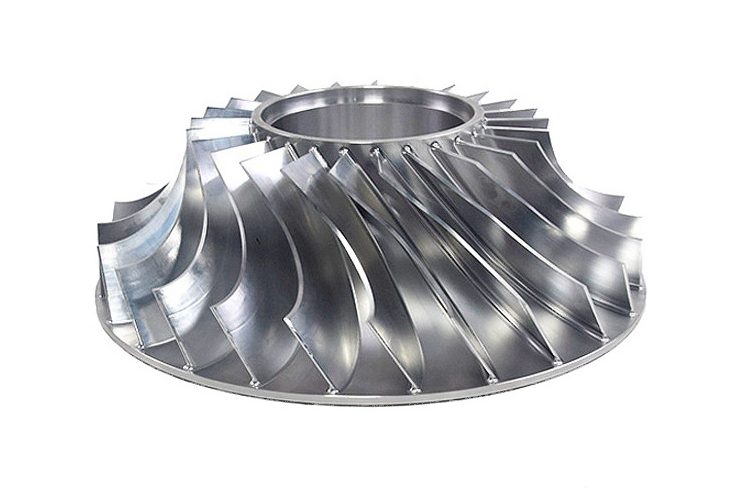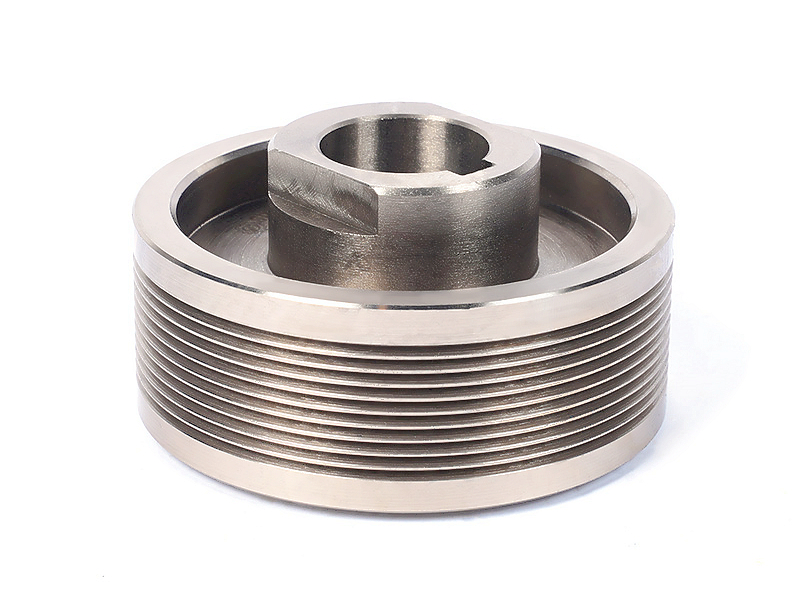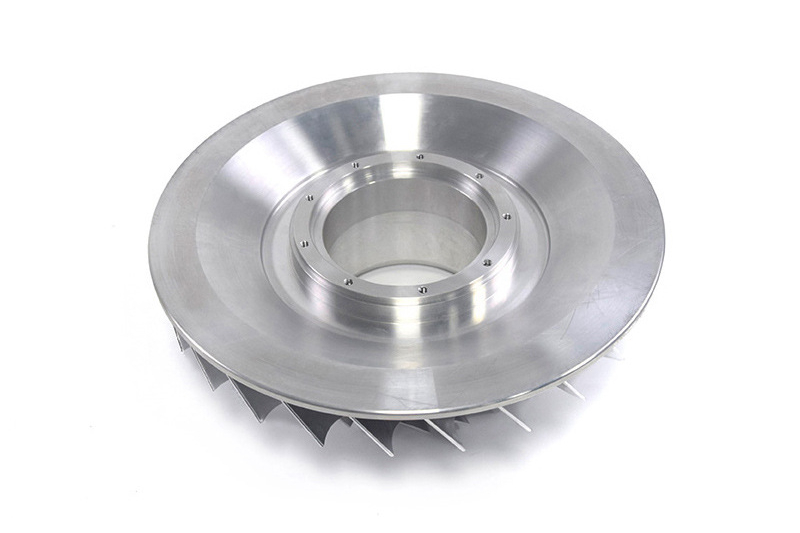How to assess if a surface treatment provider qualifies for aerospace or medical titanium?
From a quality engineering and supply chain management perspective, qualifying a surface treatment provider for mission-critical sectors such as aerospace and medical is a rigorous, multifaceted process that extends far beyond basic machining capabilities. The assessment is rooted in verifying a systemic, documented, and traceable commitment to quality and process control.
1. Certifications and Quality Management Systems
These are the non-negotiable foundational credentials that demonstrate a provider's adherence to internationally recognized quality systems.
Aerospace: Mandatory certification to AS9100/ISO 9001. This standard specifically addresses the unique requirements of the aerospace industry, including risk management, configuration control, and traceability. For surface treatment, accreditation to NADCAP (National Aerospace and Defense Contractors Accreditation Program) for specific processes (e.g., anodizing, heat treating) is the gold standard. NADCAP audits are intensely detailed and process-specific.
Medical: Mandatory certification to ISO 13485 for medical devices. This certifies the Quality Management System for the design, production, and servicing of medical devices. Compliance with FDA 21 CFR Part 820 regulations is also critical for providers serving the U.S. market. For implantable devices, the entire process must be validated, and materials must often meet ASTM F136 for Ti-6Al-4V ELI or other relevant material specifications.
2. Material and Process Traceability
Absolute traceability from raw material to finished part is paramount.
Lot Control: The provider must have systems in place to segregate and track parts by lot throughout every step, including CNC machining, cleaning, and surface treatment.
Material Certification: They must provide certified material test reports (CMTRs) that trace back to the mill, verifying the titanium alloy's composition and properties.
Process Travelers: A detailed process traveler or job card must accompany the batch, documenting every parameter, chemical batch, and inspection result.
3. Process Control and Documentation
Assessing the provider's technical control over the surface treatment process itself is crucial.
Approved Process Specifications: They must be working to customer-approved or industry-standard specifications (e.g., AMS 2488 for anodizing, AMS-QQ-P-416 for passivation).
Controlled Procedures: Request their detailed work instructions (DWIs) for the specific treatment. These should define exact parameters: solution chemistries, temperatures, current densities, voltages, time, agitation, and rinsing procedures.
Pre-Treatment Cleaning & Etching: Scrutinize their cleaning processes. Inadequate cleaning is a primary cause of coating failure. They must validate cleaning efficacy and control etching steps to prevent hydrogen pickup.
4. Testing and Validation Capabilities
A qualified provider invests in in-house quality control labs and external testing partnerships.
Coating Quality Tests: Ability to perform and document:
Coating Thickness: Using X-ray fluorescence (XRF) or eddy current.
Adhesion: Via tape tests per ASTM D3359 or bend tests.
Corrosion Resistance: Salt spray testing per ASTM B117 or more specific cyclic corrosion tests.
Surface Resistivity: For anodized parts requiring electrical isolation.
Material Integrity Tests (Critical for Medical):
Biocompatibility Certification: For medical parts, they must provide evidence that the final finished surface has been tested and certified to ISO 10993 standards.
Fatigue Testing: Understanding how their process impacts fatigue strength is vital. They should have data or a validated process (e.g., controlled shot peening) to ensure performance.
5. Supplier Audit Checklist
During an on-site or virtual audit, directly assess the following:
Facility Cleanliness: Is there segregation between different processes (e.g., aluminum and titanium anodizing lines) to prevent contamination?
Chemical Management: Are process tanks regularly analyzed and maintained? Is there evidence of preventive maintenance?
Personnel Training: Are operators certified and trained on the specific, controlled procedures?
Non-Conformance System: How are out-of-spec parts handled? Is there a robust Corrective and Preventive Action (CAPA) system?
Final Inspection: Review their final inspection reports for critical characteristics.



